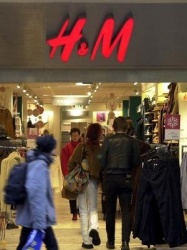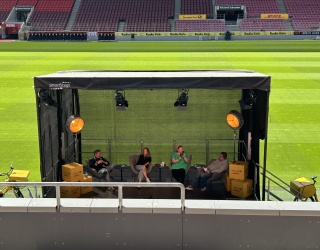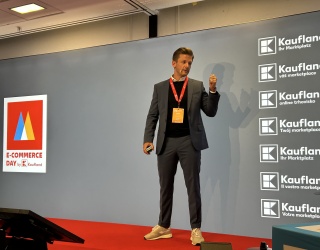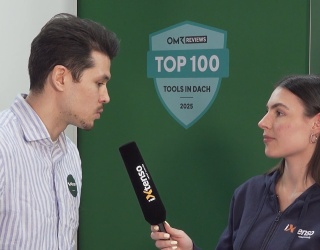
Uniqlo and Zara are two of the world’s largest and most successful fashion retailers. What is remarkable about these companies is that they have abandoned the traditional retail model for their own approaches, each diametrically opposed to the other. Uniqlo focuses on technological differentiation, using long product development cycles and offering basics that appeal to a large consumer base. In contrast, Zara has built a supply chain that allows it to follow fashion trends and deliver goods in near real-time.
H&M, the Swedish fashion group with more than $17 billion in annual sales, has an approach that is a hybrid of the Uniqlo and Zara models. It manages to merge a commitment to longevity while staying responsive to fashion trends. What are the keys to its success?
Building a Bridge between Timeless and Trendy
H&M is the second largest apparel retailer in the world, just behind Inditex SA. With 2,600 stores in 43 countries, H&M was a pioneer in pursuing vertical integration with its own distribution network. The company’s clothing collections are created in Sweden by approximately 150 designers and 100 buyers. H&M outsources production to a network of 800 suppliers; 60% of the production takes place in Asia, the rest in Europe.
The retailer offers two main collections each year, one in spring and one in fall. Within each season, there are several sub-collections that allow H&M to continually refresh its inventory. The primary collections are traditional long-lead items; the sub-collections are trendier items with short lead times.
Production offices connect buyers and production facilities
The enabler to H&M’s ability to react quickly is its network of 20 to 30 production offices, which are placed close to its suppliers. These offices work with both the buyers in Sweden and the production facilities, reviewing samples, checking quality, and choosing the suppliers, which will handle each order. Generally, the items with very short lead times are manufactured in Europe, with longer-lead items manufactured in Asia. Like Zara, this allows H&M to be more responsive to trends.
IT infrastructure is one of the keys for success
H&M also has a world-class IT infrastructure, which is key to its success. Each store is connected with corporate logistics and procurement systems and the central H&M warehouse. The IT systems also reach as far as the design and product development teams, so executives have visibility into the entire process, from product design to sales. This leads to more effective management across all channels.
Three Different Approaches, Important Common Ground
Uniqlo, Zara, and H&M — three very different models that are proving to be successful for 21st-century retail. What do these companies have in common?
All three companies understand that retail success doesn’t come from guessing on the next hot style. A fashion retailer may have a few great merchants who are able to put together a string of winners, but being dependent on the keen eye of a few people is a risky strategy. These three companies have institutionalized this process, greatly reducing their markdowns. Across the industry, 30-40% of products are sold at markdown prices, as compared to only 15-20% for Zara.
How do Uniqlo, Zara and H&M do this? An all-important shared pursuit of the three companies is a deep understanding of their customers’ wants and needs. All three have built systems for identifying consumer preferences. In Uniqlo’s case, getting customer preferences right is extremely important because of its lengthy development cycles and long-term commitments to materials and products. For Zara, reacting to consumer desires is a core component of its competitive advantage. And H&M is well known for its focus on researching and predicting emerging trends — a function the company staffs both in Sweden and in national offices around the world.
The bottom line is this: In today’s highly competitive retail environment, regardless of approach, it’s critical to know how consumers will react to products well before they’re launched.









